
In 2025, as inflation and currency volatility continue to challenge businesses in emerging markets, stablecoins are quietly revolutionizing how salaries are paid. Particularly in Latin America (LATAM), Africa, and Southeast Asia, companies are turning to stablecoin payroll solutions to shield their teams from local currency devaluation and unlock new levels of financial inclusion. This shift is not just a trend – it is a pragmatic response to economic realities, backed by staggering adoption data and real-world use cases.

Why Stablecoin Payroll Is Gaining Ground in LATAM, Africa, and Southeast Asia
Businesses in these regions face a unique set of challenges: persistent inflation, capital controls, unreliable banking infrastructure, and, for many workers, limited access to traditional financial services. Stablecoins like USDC and USDT, which are pegged to the U. S. dollar, offer a lifeline by preserving the value of salaries and enabling instant, borderless payments.
According to the Stablecoin Payroll Report 2025 (Riseworks), regional adoption varies by need: in Latin America, stablecoins are primarily an inflation hedge; in Africa, they close gaps in banking access; and in Southeast Asia, they facilitate both payroll and remittances. The numbers are telling: stablecoins processed $8.9 trillion in just the first half of 2025, and three-quarters of Gen Z workers globally now prefer to receive paychecks in USDC.
Case Studies: How Businesses Are Using Stablecoins to Beat Inflation
Latin America: In Argentina, where annual inflation has soared above 140%, stablecoin salaries have become a mainstream tool for both employers and employees. Services like Lemon Cash enable companies to pay workers in USDT or USDC, protecting earnings from peso devaluation. Even rent payments are increasingly made in stablecoins, reflecting their growing role in daily economic life.
Brazil and Mexico are also seeing explosive growth in stablecoin transactions – totaling approximately $415 billion between June 2023 and June 2024. This surge is driven by economic instability and the urgent need for reliable, cross-border payment rails.
Africa: Nigerian businesses are leveraging stablecoins for payroll at scale. With inflation rates hovering around 28%, freelancers and small business owners receive payments in USDT, which can be held for savings or converted locally as needed. In Kenya, platforms like Kotani Pay connect stablecoin payments to mobile money services such as M-Pesa, giving workers instant access to USDC-denominated salaries while protecting against shilling volatility.
Southeast Asia: The Philippines stands out for its rapid adoption of stablecoin payroll, particularly among unbanked workers and remote freelancers. Here, stablecoins are used not only for salary payments but also for remittances – a critical source of income for millions of families.
Key Benefits of Stablecoin Salary Payments
Top 5 Benefits of Stablecoin Payroll in High-Inflation Regions
-
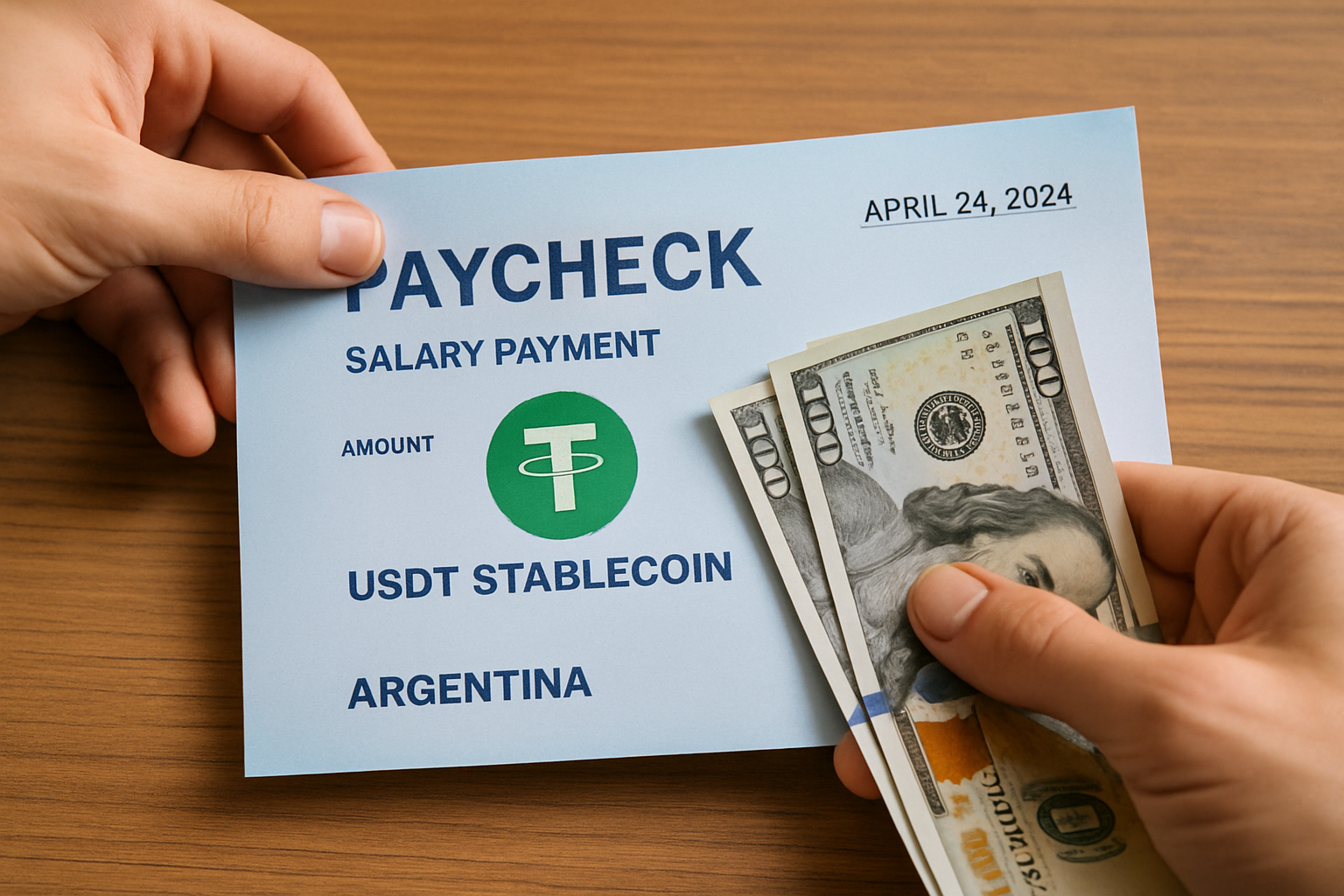
1. Inflation Protection: Stablecoins like USDT and USDC are pegged to the U.S. dollar, helping employees in countries such as Argentina and Nigeria preserve the real value of their salaries, even as local currencies rapidly lose purchasing power.
-

2. Lower Transaction Costs: Using stablecoins for payroll can significantly reduce fees compared to traditional banking systems, especially for cross-border payments. This is particularly beneficial for businesses and freelancers in Brazil, Mexico, and Nigeria.
-

3. Enhanced Financial Inclusion: Stablecoin payroll enables unbanked and underbanked populations—such as workers in the Philippines and rural Africa—to receive and manage salaries digitally, often through mobile platforms like M-Pesa integrated with stablecoin services.
-

4. Faster and More Transparent Payments: Blockchain-based stablecoin transactions settle quickly and are easily traceable, providing employees and businesses with real-time access to funds and transparent payroll records. This is especially valuable in volatile markets where timely access to money is critical.
-
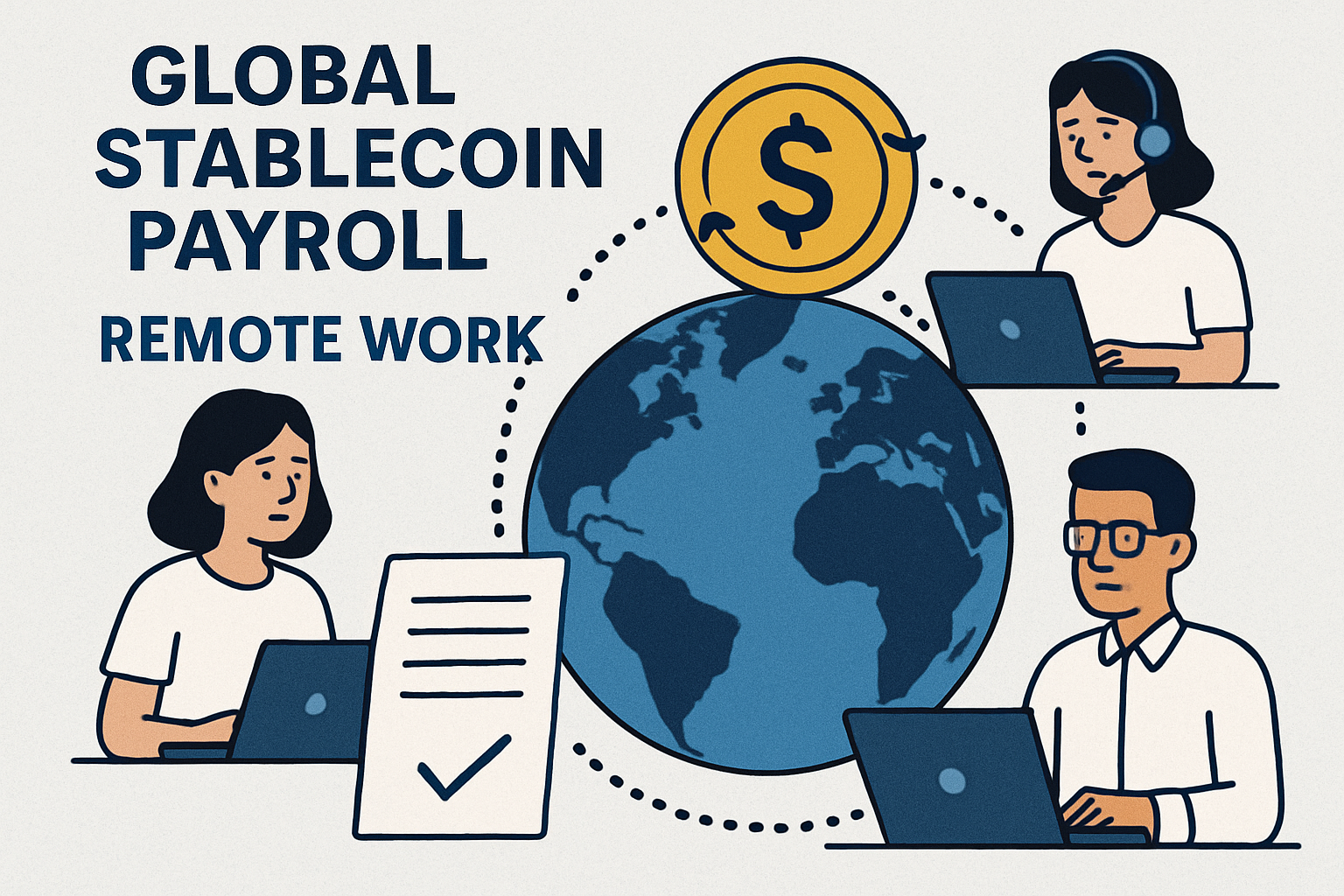
5. Global Accessibility and Flexibility: Stablecoins can be received, held, or converted into local currency at the user’s convenience, supporting remote work and cross-border hiring. Businesses in LATAM, Africa, and Southeast Asia can pay international teams or contractors without the friction of traditional banking.
Stablecoin payroll is more than a hedge against inflation; it is a catalyst for broader financial empowerment. By leveraging crypto payroll solutions, companies can:
- Protect earnings against local currency shocks by anchoring salaries to the stability of the U. S. dollar
- Reduce transaction costs compared to traditional banking or remittance channels
- Enhance speed and transparency of cross-border payments
- Expand access for unbanked populations via digital wallets and mobile platforms
- Enable real-time liquidity for both employers and employees
For a deeper dive into how stablecoin payroll empowers remote teams in high-inflation countries, see this resource.
Challenges: Navigating Regulation, Technology, and Security
Despite the clear benefits, implementing stablecoin salary payments is not without hurdles. Regulatory uncertainty remains a key concern – the legal status of stablecoins varies widely across jurisdictions and is subject to rapid change. Businesses must stay vigilant in monitoring local compliance requirements.
Technological barriers also persist. While smartphone penetration is rising, access to reliable internet is not universal, especially in rural areas. Additionally, security risks demand robust protocols to protect digital assets from cyber threats.
Forward-thinking companies are addressing these challenges by partnering with specialized payroll providers and leveraging blockchain platforms designed for compliance and ease of use. For example, some businesses in Kenya and Nigeria integrate stablecoin payroll with established mobile money services, reducing the technical learning curve for employees while maintaining a high level of security and regulatory oversight.
Another key consideration is employee education. Many workers are new to digital assets and need guidance on how to safely store, convert, and use their stablecoin salaries. Leading payroll platforms now offer built-in tutorials, multilingual customer support, and partnerships with local fintechs to help bridge the knowledge gap.
The Future of Payroll: Stablecoins as a Default in Emerging Markets
The rapid pace of stablecoin adoption is already reshaping payroll expectations for the next generation of workers. According to the 2025 Crypto Payroll Report, three-quarters of Gen Z employees surveyed in high-inflation countries prefer to receive their salaries in USDC rather than local currency. This generational shift is accelerating demand for transparent, borderless, and inflation-resistant payroll solutions.
- LATAM: Stablecoin payroll is becoming standard for remote tech teams and startups, with Polygon-based payments gaining traction for low fees and interoperability.
- Africa: Businesses are using stablecoins not only for payroll but also for supplier payments and treasury management, preserving capital during periods of rapid currency depreciation.
- Southeast Asia: Crypto payroll is unlocking new opportunities for freelancers, digital nomads, and gig workers who previously lacked access to stable financial services.
Industry experts predict that as regulatory frameworks mature, more businesses will adopt stablecoin payroll as a default, not just a workaround. The benefits of instant settlement, cost savings, and global reach are simply too compelling for companies operating in volatile environments. For workers, the ability to store value in a stable asset, access financial tools online, and manage cross-border earnings represents a significant step toward economic empowerment.
Practical Steps for Businesses Considering Stablecoin Payroll
If you are exploring stablecoin salary payments for your team in LATAM, Africa, or Southeast Asia, consider these best practices:
Stablecoin Payroll Compliance Checklist for Emerging Markets
-
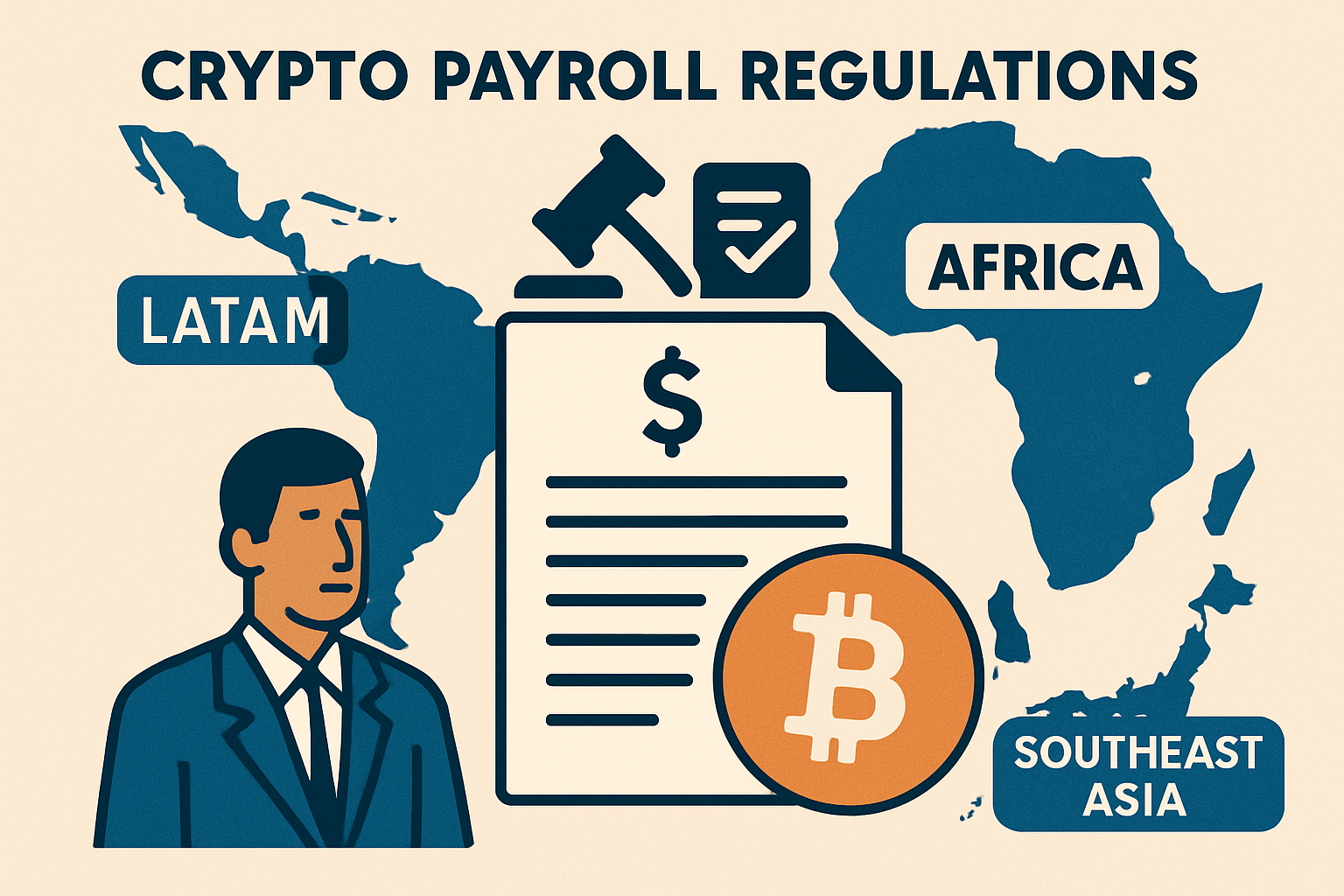
Assess Local Regulations and Licensing RequirementsResearch your country’s current legal framework for stablecoins and crypto payroll. Consult with a local legal expert to ensure compliance with financial authorities such as SUNACRIP (Venezuela), Banco Central do Brasil, or SEC Nigeria.
-
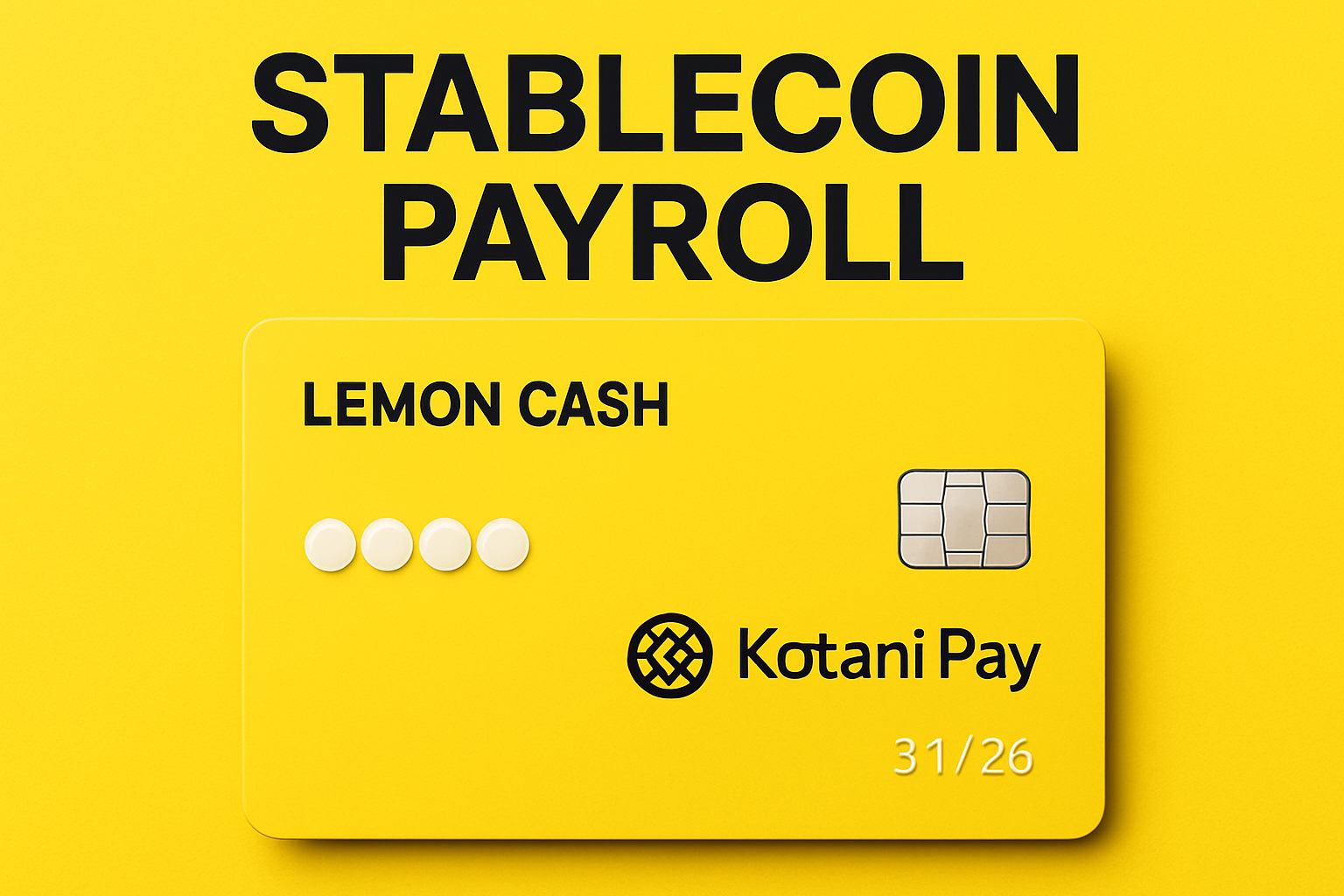
Select a Reputable Stablecoin and PlatformChoose established stablecoins like USDT (Tether) or USDC (USD Coin) for salary payments. Use trusted platforms such as Lemon Cash (Argentina), Kotani Pay (Kenya), or Yellow Card (Africa-wide) to process payroll securely.
-
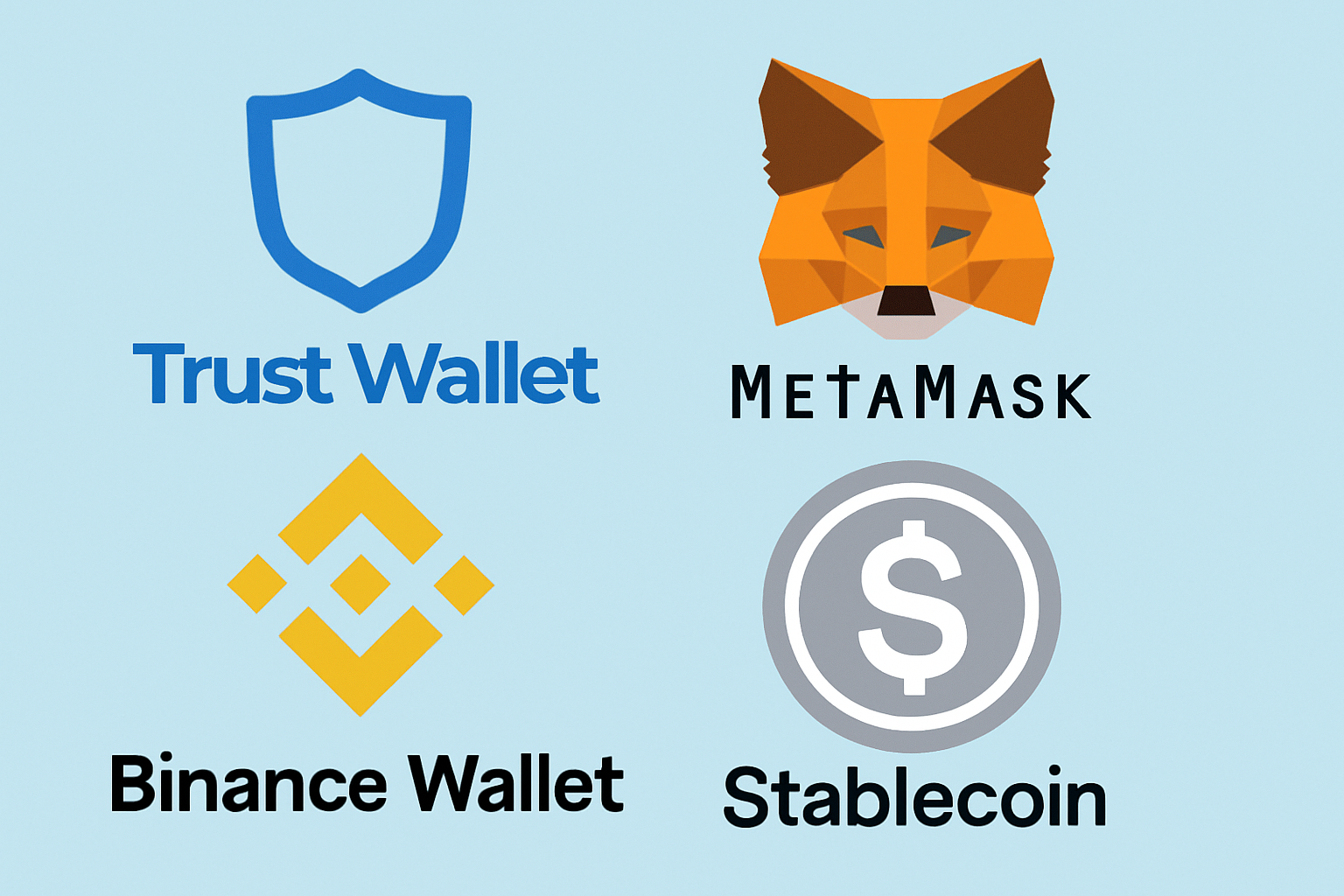
Verify Employee Wallet AccessibilityEnsure all employees have access to compatible digital wallets (e.g., Trust Wallet, MetaMask, Binance Wallet) and understand how to receive, hold, and convert stablecoins as needed.
-
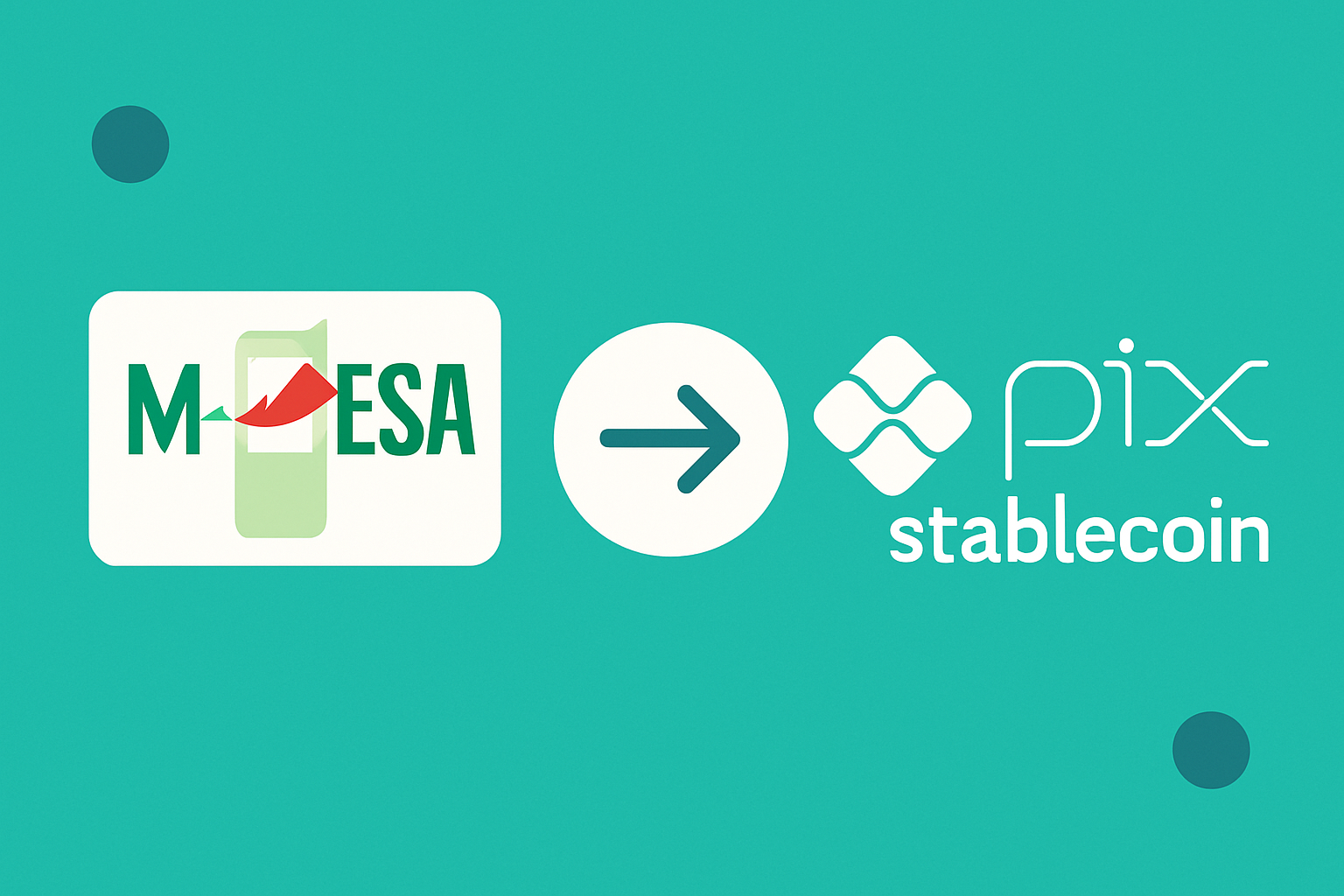
Integrate With Local Payment EcosystemsFor seamless conversion and usability, connect stablecoin payroll with local payment rails like M-Pesa (Kenya), PIX (Brazil), or local exchanges that support fiat off-ramps.
-

Implement Robust Security and KYC ProceduresAdopt strong security measures such as two-factor authentication, private key management, and employee education. Use platforms that offer KYC/AML compliance, like Bitwage or Bitpowr.
-
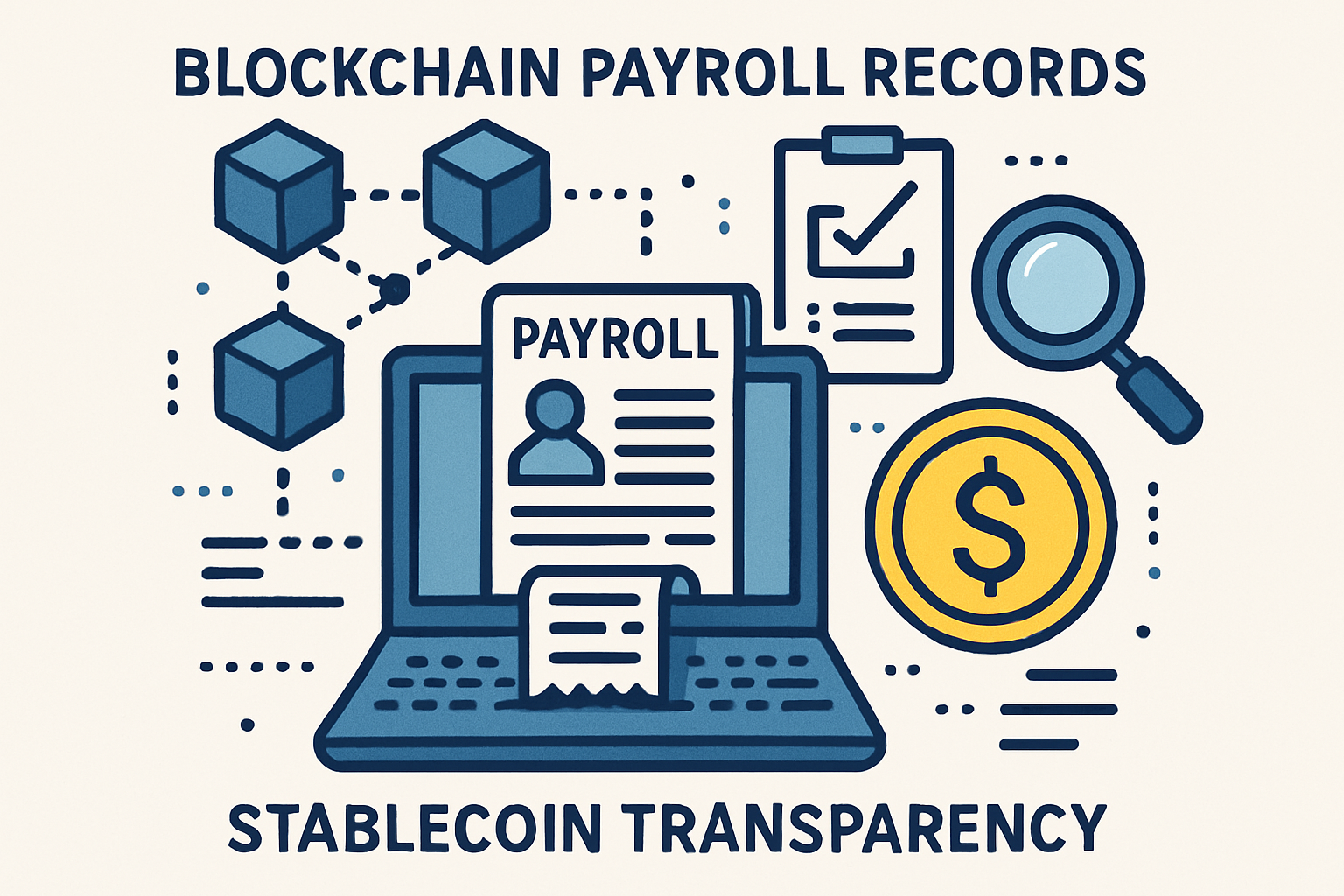
Maintain Transparent Payroll RecordsKeep detailed, immutable records of all salary payments using blockchain transaction histories. Ensure payroll data is auditable for both internal and regulatory purposes.
-
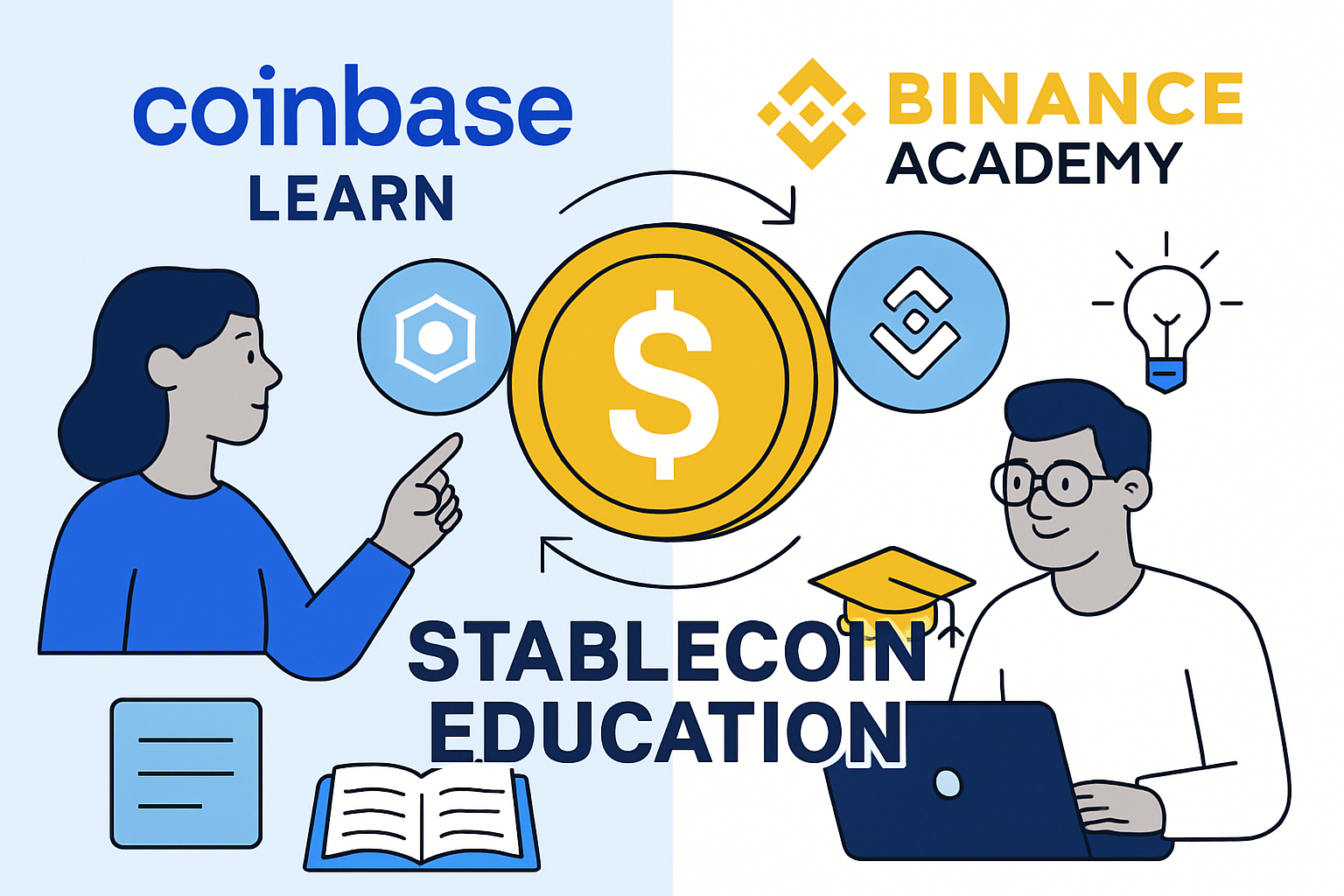
Educate Employees on Stablecoin Use and RisksProvide training on how stablecoins work, how to avoid scams, and how to safely manage digital assets. Use resources from established platforms like Coinbase Learn or Binance Academy.
The landscape is evolving quickly. By staying informed about local regulations, investing in employee education, and choosing reputable payroll partners, companies can turn the challenge of inflation into an opportunity for growth and resilience.
For organizations ready to future-proof their payroll processes in high-inflation regions, stablecoins like USDC offer a proven path forward. As adoption accelerates across LATAM, Africa, and Southeast Asia, the question is no longer if – but when – stablecoin payroll will become the new normal for global teams.






